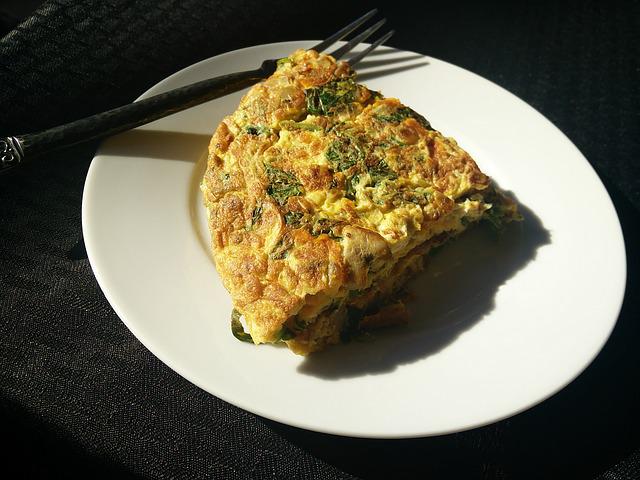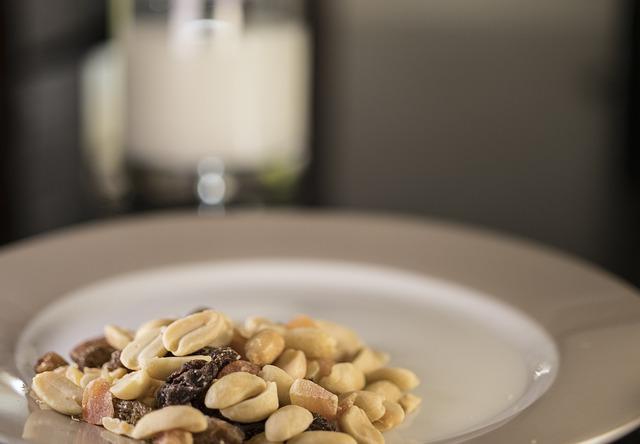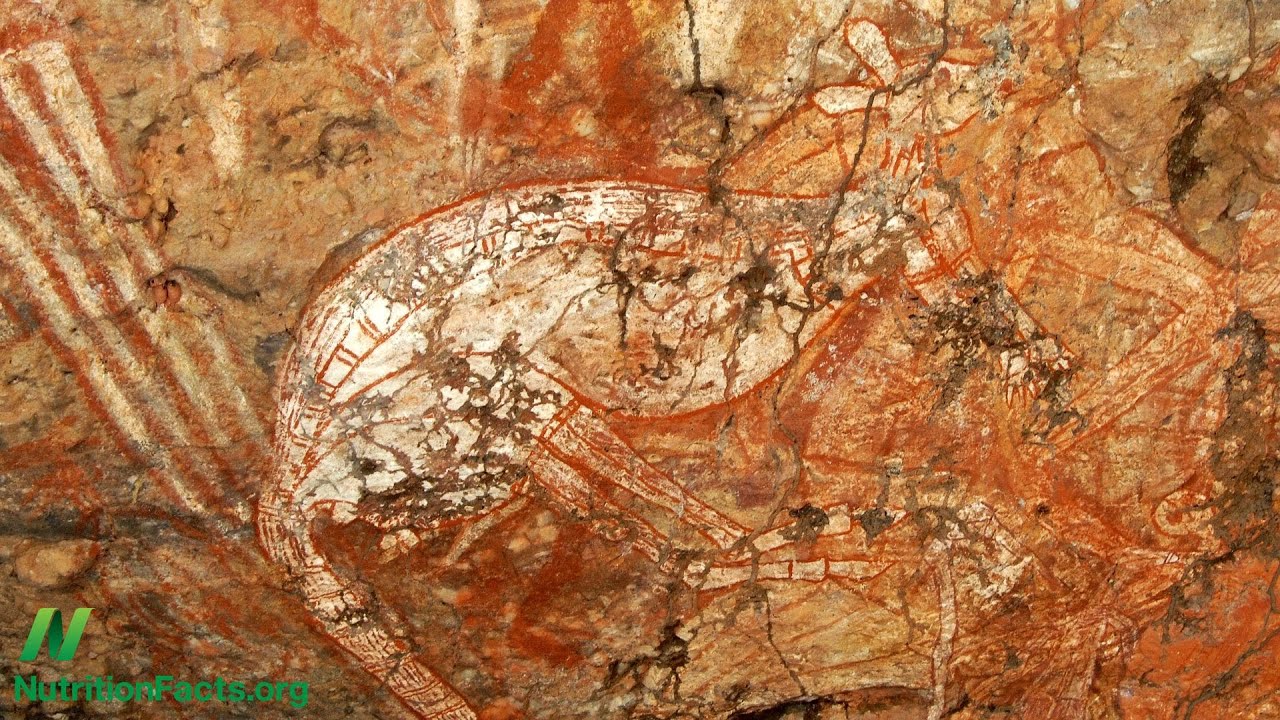
The paleo diet emphasizes eating food that our ancestors would have eaten. This diet includes foods such apricots, dried Pumpkin seeds, and banana with almond Butter. It's also rich in sweet potatoes, chicken, and other veggies. EatingWell recognizes the importance of certain foods, even though the paleo diet can seem restrictive. Here's a discussion on which foods you can eat while still following a healthy eating plan.
Pola Makanan Paleolithic Manusia
Christina Warinner, Ph.D., studied pola makan manusia purba and mitos-mitos pola makanan paleolithic manusia in 2010. She claims that manusia Paleolithic manusia ate large amounts of daging as well as all types of meat. This myth was believed by many paleolithic people but is now considered obsolete and irrelevant.
The diet paleo, also known to be the diet the manusiagua, allows for a more traditional way of eating that is similar to what manusias gua or man used to have. They not only improve their kesehatan but also help to preserve their heritage. But, not everyone can eat this diet. It is not for everyone, and is suited for only a limited number of people.
Two types of kelompokan are used to make the Ramasokat's lukisan: ceruk or lukisan. They were cultivated in the areas of Sulawesi Tenggara and Liabalano. The lukisan gua has a combination of proteins, fats and carbohydrates. These nutrients support healthy living. They may also help us understand the details of human evolution.

The diet of modern humans has many benefits, but also a few risks. People who consume foods high in nutrients, like those in the Paleolithic Era's Paleolithic Era are more likely to get diseases. Your risk of developing disease is reduced if you eat clean. Clean Eating is an excellent way to eat healthier. The benefits of eating this way are obvious: a diet low in fats can be good for your health, and you won't get sick from overeating.
Paleolithic diet: Foods allowed
Add sugars, vegetable fats, and artificial sweetness are all common in processed foods. They can be dangerous for your health. In excess of salt, refined sugars and other sweeteners can lead you to becoming obese. Salty foods can also contribute to heart disease. Vegetable oils are also controversial; the American Heart Association recommends safflower or corn oil as replacements for canola oil. These oils contain high amounts of omega-6 fat acids.
Many commercial paleo diets prohibit dairy products, but others have stricter restrictions. A paleolithic diet allows for lean pork loin, roasted chicken, onion and carrot stuffing, as well as steamed broccoli. Other paleo diet plans allow small amounts of maple syrup or honey. This diet has received varying degrees of scientific research.
A common thing paleo fans suggest avoiding is legumes. These legumes contain high levels phytic Acid. These substances can inhibit the absorption essential minerals from the stomach. In some cases, however, they may be allowed. Even though it might be tempting to eat lentils and potatoes, you shouldn't add them to your diet as often or as frequently as you would with other processed foods. Your daily meal plan should contain plenty of fruits or vegetables.
Guidelines for Paleolithic eating
Although they differ greatly from the standard modern diet, the Guidelines for Eating Paleolithic Diet have the same basic principles. Although the Paleolithic diet was mostly made up of animal products, it also includes a lot of plants and has few restrictions. You should be aware that this diet may not suit your genes and may cause you to consume more meat than necessary. Paleolithic nutrition may not be for you.

Dairy products are the most popularly excluded food groups on the Paleolithic diet. You may be at risk of nutritional deficiencies if you cut out these important food groups. Tooth decay is caused by calcium deficiency. Calcium is also important for blood clotting, muscle contraction and other functions. Whole grains also reduce the risk for stroke, heart disease, and type II diabetes. Because grains were mostly eliminated, you could be at risk for calcium deficiencies.
There are many guidelines that Paleolithic people should follow when eating. It emphasizes eating nutritious foods, such as fruits and vegetables, and restricts carbohydrates and processed food. To avoid overdoing it, it is important to carefully follow these guidelines. A paleolithic diet can be very different for each person. It is important that you understand that the Paleolithic lifestyle was common 10,000-12,000 years ago.
FAQ
Which is the best method to store leftovers?
Tupperware containers are a good choice for leftovers. These containers protect food from spoilage and keep it fresh. They also keep foods warm for longer. You can freeze leftover food in freezer bags. To prevent air from escaping, freeze food in a bag. Once the food has frozen, you can transfer it to an airtight container like a zipper lock bag.
Can I cook with my family?
Yes! Yes! Kids love helping in the kitchen. It's an enjoyable activity that teaches responsibility and teamwork. You can have your children help you with everything, from washing vegetables to cutting onions. You will have your children enjoy helping you cook as long as they follow safe procedures when using knives.
What skills is required to attend culinary school
A chef's job requires you to be able cook well under pressure and understand food safety regulations. You should enroll in cooking classes at local community colleges or high schools to learn how to cook. Once you have learned the basics of cooking, it is time to look for work at a restaurant.
Statistics
- You'll be amazed that over 90% of CIA students receive scholarships and grants to finish their culinary studies. (ischoolconnect.com)
- In the United States, the category is estimated at $23.2 billion annually and is growing faster than the market. (washingtonpost.com)
- According to the BLS, chefs earn $58,740 a year. (learnhowtobecome.org)
External Links
How To
How to cook your steak
The right cooking method for any type of meat depends on its thickness. Thicker steaks should be cooked over low heat. Thicker steaks will need to cook at higher temperatures.
It's important to not overcook the steaks as they will lose their taste. Remember to take your steak out of the oven when it's done. You won't burn.
Cooking times will vary depending on how large the steak is and what degree of doneness you desire. Here are some general guidelines:
Medium Rare: Cook until medium-rare, which is when the internal temperature reaches at least 145degF (63degC). This will take between 3 to 5 minutes per side.
Medium: Cook until medium. This means that the internal temp has reached 160 degrees F (71 degrees Celsius). This typically takes 6 minutes per side.
When done well, cook until the internal temperatures reach 180°F (82°C). This can take between 8-12 minutes per side.